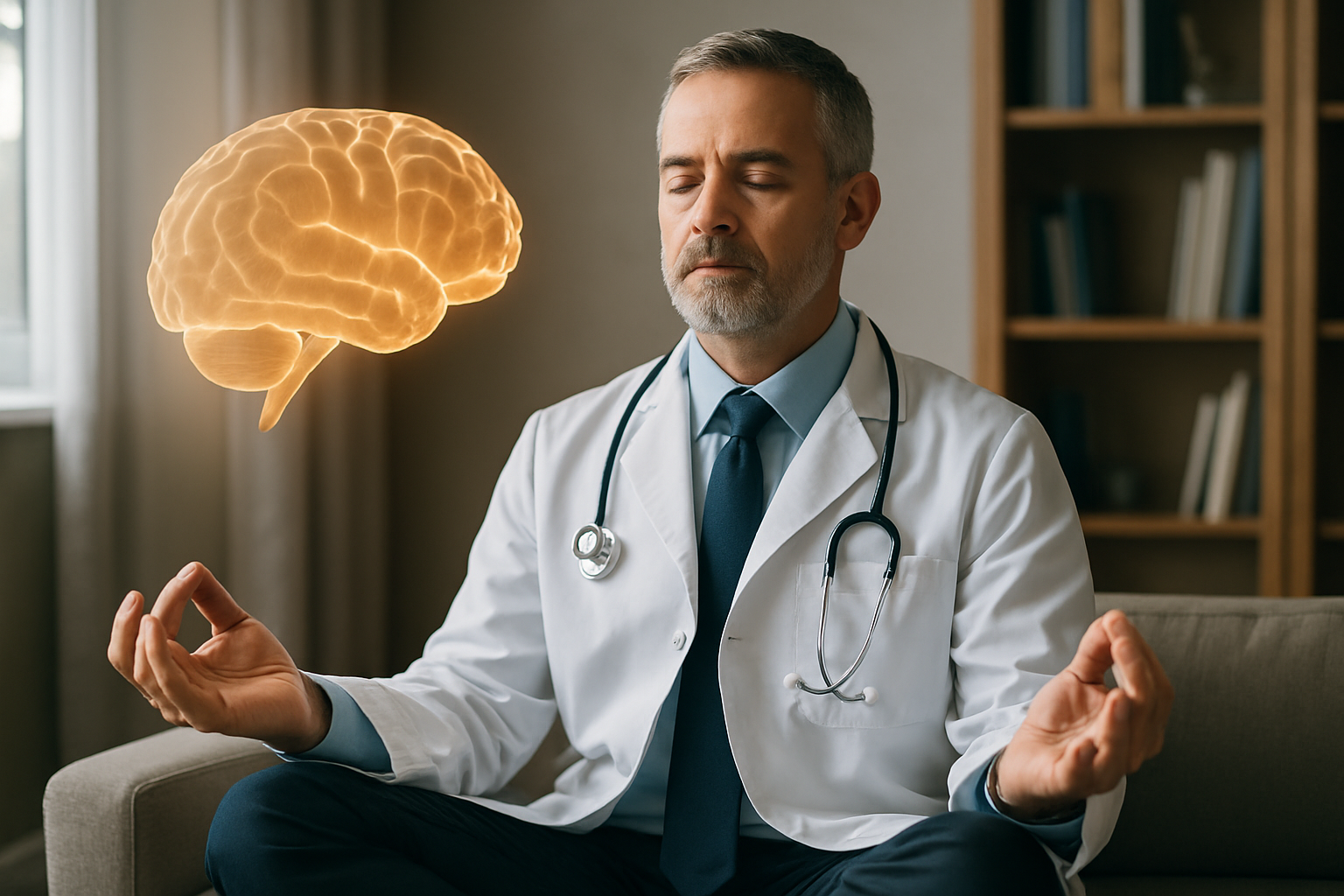Biofeedback: Mastering Your Body's Signals for Optimal Health
Imagine having a superpower that allows you to control your heart rate, blood pressure, and even brain waves with just your thoughts. What if you could alleviate chronic pain, reduce stress, and improve your overall well-being without medication? Welcome to the fascinating world of biofeedback, where science meets mindfulness to unlock your body's hidden potential.

The Science Behind Biofeedback
Biofeedback is rooted in the principle of neuroplasticity, which suggests that the brain can rewire itself in response to new experiences and learning. By providing individuals with immediate feedback about their physiological states, biofeedback creates a learning environment where the brain can develop new neural pathways for controlling bodily functions.
The process typically involves attaching sensors to specific parts of the body to measure various physiological parameters such as heart rate, muscle tension, skin temperature, and brain waves. These measurements are then displayed on a monitor in real-time, allowing individuals to see how their thoughts, emotions, and behaviors affect their body’s responses.
Types of Biofeedback and Their Applications
There are several types of biofeedback, each focusing on different physiological processes:
Heart Rate Variability (HRV) Biofeedback: This technique helps individuals regulate their heart rate and improve cardiovascular health. It has shown promise in managing stress, anxiety, and even improving athletic performance.
Neurofeedback: By monitoring brain wave activity, neurofeedback can help address conditions such as ADHD, depression, and insomnia. It has also been used to enhance cognitive function and creativity.
Electromyography (EMG) Biofeedback: This method focuses on muscle tension and has been effective in treating chronic pain conditions, including migraines and temporomandibular joint (TMJ) disorders.
Thermal Biofeedback: By measuring skin temperature, this technique helps individuals learn to control their body’s stress response, proving useful for managing conditions like Raynaud’s disease and hypertension.
The Biofeedback Training Process
Learning to control physiological processes through biofeedback typically involves a series of sessions with a trained practitioner. During these sessions, individuals are guided through various exercises and techniques to influence their body’s responses.
For example, in HRV biofeedback, a person might be instructed to breathe at a specific rhythm while watching their heart rate variability on a screen. Through practice, they learn to recognize the sensations associated with optimal HRV and can eventually replicate this state without the need for external feedback.
The ultimate goal of biofeedback training is to develop the ability to self-regulate physiological processes without the need for equipment, a skill that can be applied in daily life to manage stress, pain, and other health concerns.
Emerging Research and Future Directions
Recent studies have shed light on the potential of biofeedback in various health domains. A 2020 meta-analysis published in the Journal of Clinical Medicine found that HRV biofeedback was effective in reducing symptoms of depression and anxiety. Another study in the journal Frontiers in Human Neuroscience demonstrated the potential of neurofeedback in improving cognitive function in older adults.
As technology advances, researchers are exploring new applications for biofeedback. Wearable devices that provide continuous physiological monitoring are opening up possibilities for real-time biofeedback in everyday life. Additionally, virtual reality and augmented reality technologies are being integrated with biofeedback to create immersive training experiences.
Integrating Biofeedback into Holistic Health Practices
Biofeedback aligns well with other holistic health approaches, complementing practices such as meditation, yoga, and mindfulness. By combining these techniques, individuals can develop a comprehensive toolkit for managing their health and well-being.
For instance, the skills learned through biofeedback can enhance meditation practices by providing tangible feedback on physiological changes during mindfulness exercises. Similarly, yoga practitioners can use biofeedback to refine their breath control and deepen their mind-body connection.
Biofeedback Brilliance: Quick Tips and Fascinating Facts
• Breathe easy: Practice diaphragmatic breathing for 5 minutes daily to improve HRV.
• Mind your muscles: Use progressive muscle relaxation to reduce tension and stress.
• Temperature trick: Warm your hands by imagining them in hot water to improve circulation.
• Brainwave boost: Listen to binaural beats to enhance focus and relaxation.
• Did you know? NASA uses biofeedback to help astronauts manage stress in space.
• Fun fact: Some video games now incorporate biofeedback for immersive experiences.
• Surprising application: Biofeedback is being used to help singers improve vocal control.
The Future of Personal Health Management
Biofeedback represents a paradigm shift in how we approach health and wellness. By empowering individuals to take an active role in their physiological processes, it offers a unique pathway to better health that doesn’t rely solely on external interventions. As research continues to unveil the potential of this technique, biofeedback is poised to become an integral part of personalized health strategies, offering a non-invasive, adaptable approach to managing a wide range of health concerns and optimizing overall well-being.





